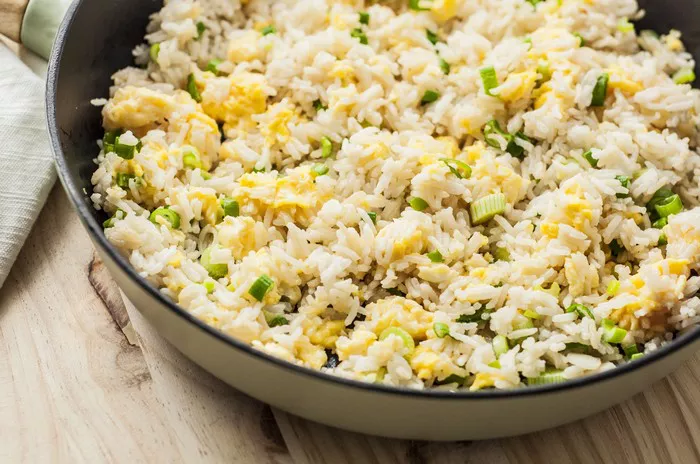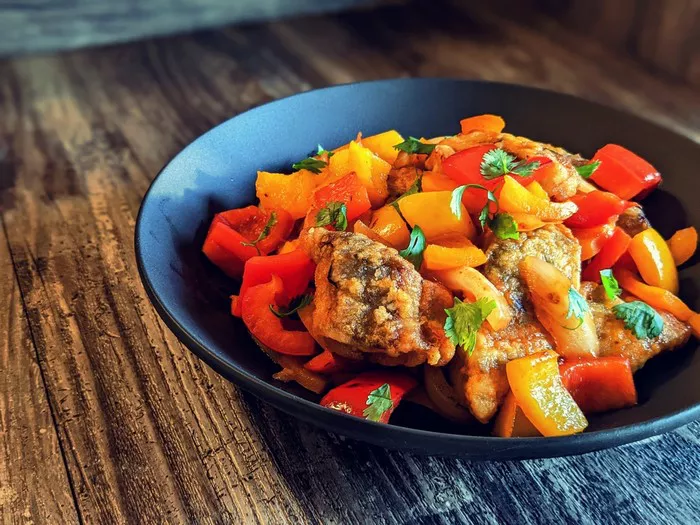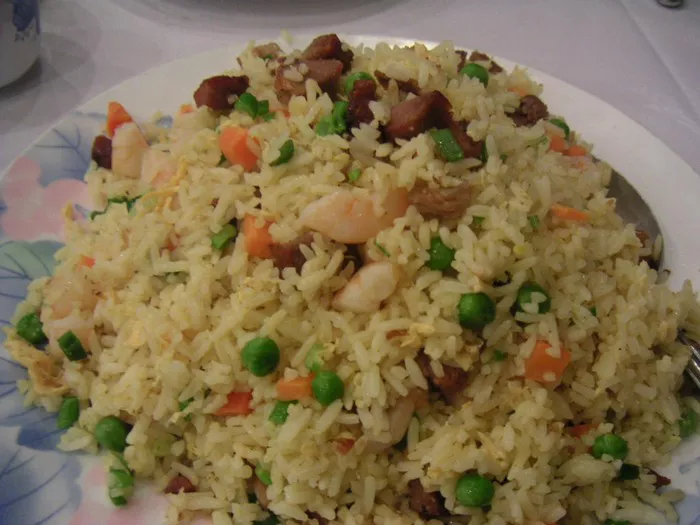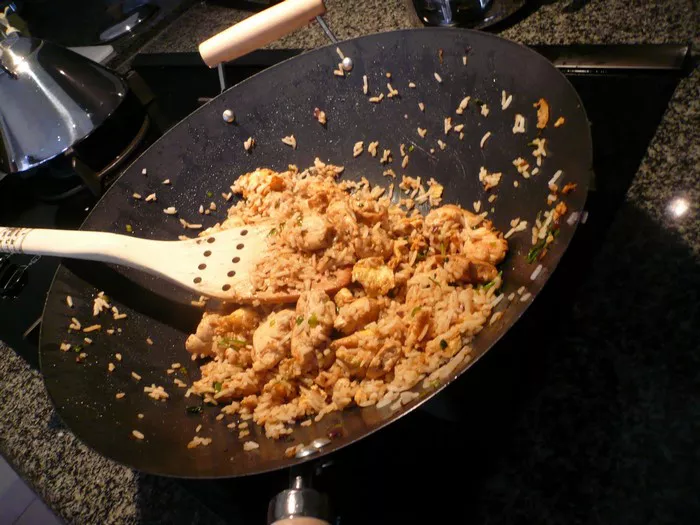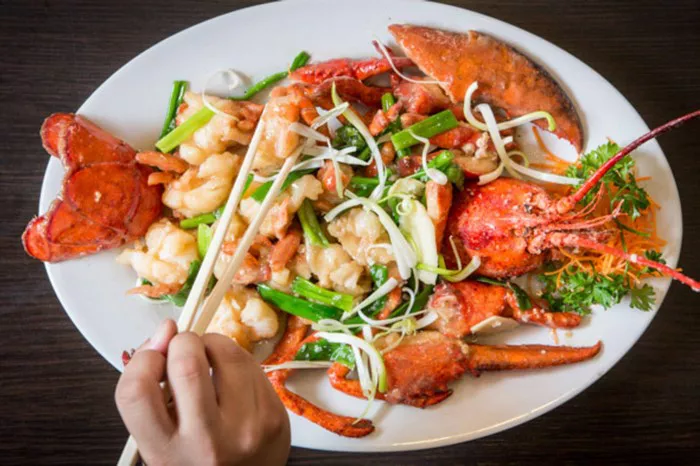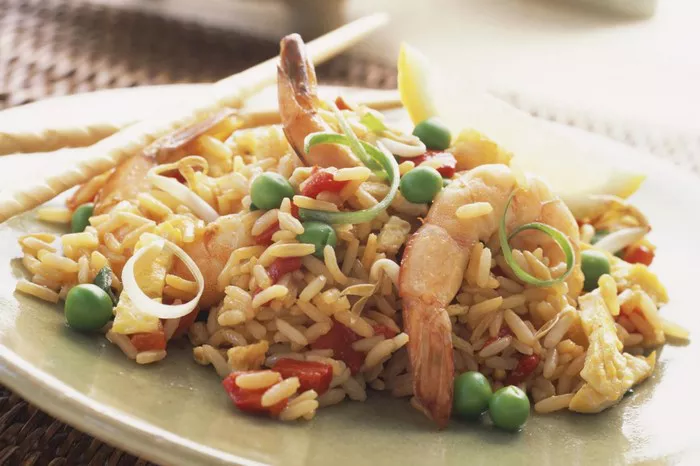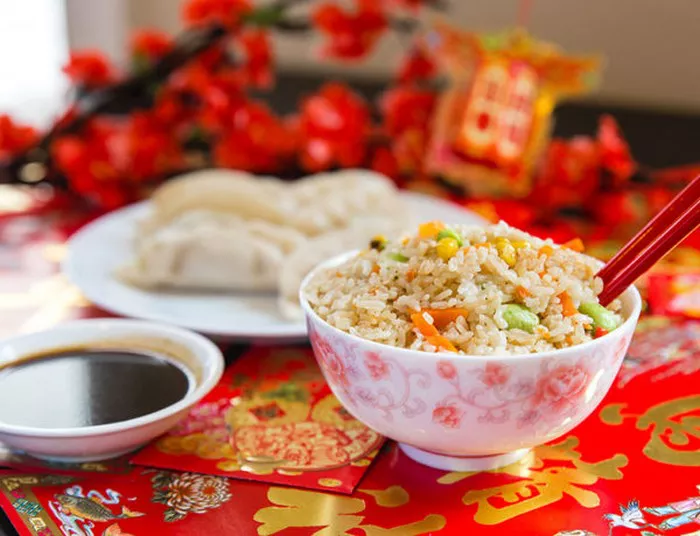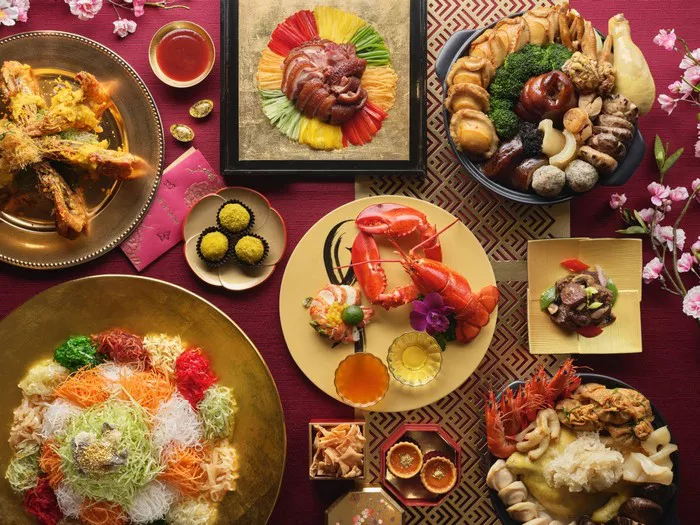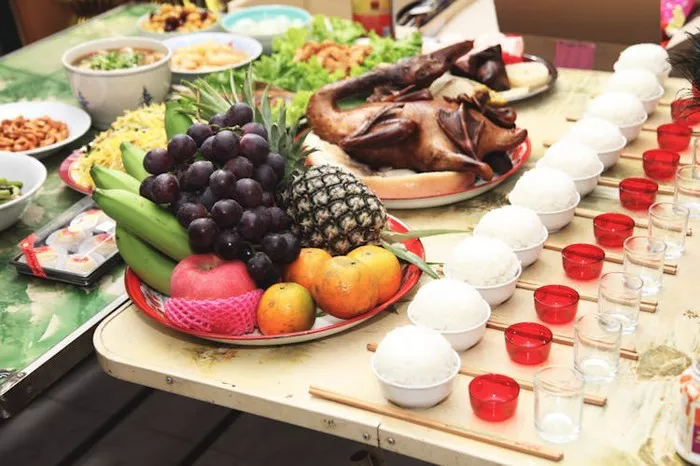Chinese cuisine is a tapestry of flavors, techniques, and traditions that has captivated taste buds around the world. Among its culinary gems, fried rice stands out as a beloved and versatile dish that is both comforting and satisfying. But what is the secret to achieving that perfect balance of flavors, textures, and aromas in Chinese fried rice? In this article, we delve into the art of creating flawless Chinese fried rice, uncovering the key ingredients, techniques, and nuances that make it a culinary masterpiece.
The Essence of Chinese Fried Rice
Chinese fried rice is more than just a dish; it’s a canvas for creativity and a celebration of culinary harmony. This versatile delight has its roots in China’s rich culinary history and has since spread across continents, adapted to various palates, and become a staple in many households.
The Fundamental Components
1. Rice: The foundation of Chinese fried rice is, of course, the rice itself. However, not just any rice will do. The preferred choice is long-grain rice, such as jasmine or basmati, that has been cooked and cooled. Using day-old rice with reduced moisture content prevents the rice from becoming soggy during the frying process.
2. Fresh Ingredients: The secret to a remarkable Chinese fried rice lies in the quality and variety of ingredients. A combination of protein, vegetables, and aromatics brings depth and complexity to the dish.
3. Aromatics: Aromatics like garlic, ginger, and green onions are the backbone of flavor in Chinese cuisine. These ingredients are often finely minced or chopped and added to the oil before adding the rice.
4. Protein: Protein options range from diced chicken, shrimp, pork, beef, to tofu or eggs. The protein is cooked separately before being incorporated into the fried rice.
5. Vegetables: A colorful assortment of vegetables, such as carrots, peas, bell peppers, and corn, adds vibrancy and texture to the dish.
6. Seasonings: Essential seasonings include soy sauce, oyster sauce, and a touch of sesame oil. These ingredients bring the umami depth that makes Chinese fried rice irresistible.
Techniques for Perfection
1. Preparing the Rice: As mentioned earlier, using day-old rice is key to achieving the right texture. Freshly cooked rice can be too moist and may result in a clumpy dish.
2. Proper Frying: The secret to achieving the characteristic “wok hei” (wok’s breath) flavor in Chinese fried rice is high heat. A well-seasoned wok or a large skillet is essential for this technique. The rice should be fried quickly over high heat, allowing each grain to absorb the flavors while remaining separate and slightly crispy.
3. High-Quality Oil: A neutral oil with a high smoke point, such as vegetable or canola oil, is recommended for frying. The oil should be heated before adding aromatics and other ingredients.
4. Work in Batches: When cooking proteins and vegetables, it’s essential to work in batches to avoid overcrowding the wok or pan. Overcrowding can lead to uneven cooking and steaming instead of frying.
5. Seasoning Gradually: While it’s tempting to add all the seasonings at once, it’s best to season gradually. Start with a small amount of soy sauce and then adjust according to taste.
6. Keep Ingredients Moving: Constantly stir the ingredients as they cook to prevent sticking and ensure even distribution of flavors.
7. Garnish: A final touch of fresh green onions, cilantro, or toasted sesame seeds adds a burst of color and a fresh aroma to the finished dish.
The Art of Balancing Flavors and Textures
1. Umami: Umami, the savory taste often referred to as the fifth flavor, is a cornerstone of Chinese fried rice. Soy sauce and oyster sauce contribute rich umami notes that elevate the dish.
2. Saltiness: Soy sauce provides the salty component, but it’s important not to overdo it. Starting with a small amount and adding more as needed prevents the dish from becoming overly salty.
3. Sweetness: Some dishes benefit from a touch of sweetness, often achieved by incorporating a small amount of sugar or using sweet vegetables like carrots or peas.
4. Aromatics: Garlic, ginger, and green onions infuse the dish with fragrant aromatics that create a captivating flavor profile.
5. Textures: The ideal Chinese fried rice strikes a balance between soft and chewy rice grains, tender proteins, and crisp vegetables. Each bite should offer a delightful medley of textures.
Secrets to Achieving Varietal Perfection
1. Classic Fried Rice: For a traditional Chinese fried rice, opt for simple ingredients like eggs, green onions, and a protein of your choice. The simplicity of this dish allows the individual flavors to shine through.
2. Yangzhou Fried Rice: This popular variation often includes a combination of shrimp, ham, and peas. The flavors are balanced with a touch of soy sauce and oyster sauce.
3. Pineapple Fried Rice: A tropical twist, this version incorporates diced pineapple, cashews, and a hint of curry powder. The sweet and savory combination is a delightful departure from the norm.
4. Vegetarian Fried Rice: A plant-based version can include tofu or tempeh for protein and an assortment of vegetables. The seasonings remain the same, creating a balanced and satisfying dish.
5. Seafood Fried Rice: A seafood lover’s dream, this version showcases a medley of shrimp, crab, and scallops. The seafood flavors are enhanced with the umami of soy and oyster sauces.
6. Spicy Fried Rice: For those who crave heat, adding chili paste or crushed red pepper flakes can infuse the dish with a fiery kick. The heat can be balanced with a touch of sweetness.
7. Special Fried Rice: “Special” fried rice typically includes a mix of meats such as chicken, pork, and beef. It’s a hearty and indulgent version that highlights the variety of proteins.
Culinary Freedom and Creative Exploration
The beauty of Chinese fried rice lies in its versatility and adaptability. While there are foundational elements that define the dish, there’s ample room for culinary exploration and personal touch. With a few key principles in mind, you can embark on a creative journey, experimenting with various proteins, vegetables, and seasonings to craft your unique version of this beloved dish.
Conclusion
Creating the perfect Chinese fried rice is a rewarding culinary endeavor that engages the senses and delights the palate. Whether you’re craving the comforting embrace of classic fried rice or eager to experiment with flavors and textures, the secret lies in the meticulous execution of techniques and the thoughtful combination of ingredients.
The art of Chinese fried rice is an invitation to explore the nuances of balance, to celebrate the harmony of flavors, and to immerse yourself in a culinary journey that spans generations. So, the next time you approach the wok with rice and an array of ingredients, remember that the secret to perfect Chinese fried rice lies within your creativity, passion, and the sheer joy of creating a dish that brings people together in a symphony of tastes and aromas.

